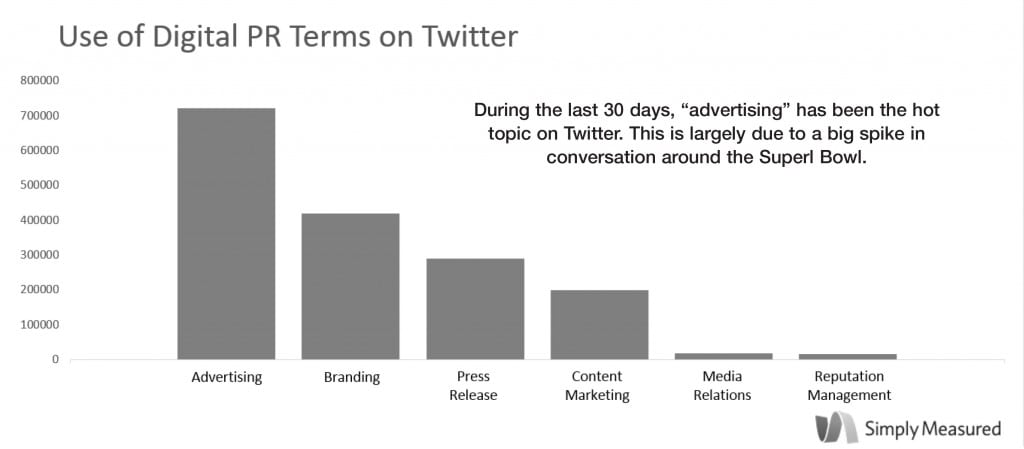
▶ PR Pros Need to Punch Up ‘Experiential’ Marketing: “Experiential” marketing, which combines a variety of media channels and techniques to get the proverbial fannies in the seats, is fast moving to the core of marketing communications. While 75% of sales/marketing/merchandising executives now rate experiential marketing initiatives as “very” or “somewhat’ important, one-third also worry about the difficulty of “scaling up” such targeted initiatives, according to a new survey conducted by the Path to Purchase Institute, in collaboration with Crossmark and Marketing Werks.
The study, which was emailed to several hundred CPG executives, found a host of challenges when it comes to ramping up experiential marketing efforts.
Here are some stats regarding the challenges:
• More than half of the respondents (54%) cited a lack of clear ROI.
• About a third of the respondents (31%) said it was a challenge to scale-up experiential marketing programs
• About a third of the respondents also cited internal resources as being a stumbling block.
Source: Path to Purchase Institute
▶ Playing into Consumers’ Emotional Expectations: Consumer empowerment, which got plenty of juice from the advent of social channels, is even more pronounced these days because of the growing sophistication of mobile channels. In the last two decades, consumers’ emotional expectations have increased 30%, according to the 18th annual 2014 Brand Keys Customer Loyalty Engagement Index.
However, the degree to which brands have been able to meet consumers’ expectation has, on average, grown a paltry 6%.
The survey was distributed to 32,000 consumers, 18 to 65 years of age. “Brands best able to meet or sometimes even exceed consumers’ emotional and rational expectations will have more loyal customers, higher engagement power and, ultimately, demonstrate greater profitability and market power,” said Robert Passikoff, president of Brand Keys, in a statement.
Below are the top 10 brands with highest levels of consumer engagement vis à vis expectations in their respective categories. Category-specific ideal is 100%.
1. Airline: JetBlue (81%)
2. Allergy Medications (OTC): Claritin (88%)
3. Athletic Footwear: Nike (91%)
4. Automotive: Ford/Hyundai (93%)
5. Bank: JP Morgan Chase (90%)
6. Beer (Light): Coors Light/ Sam Adams Light (95%)
7. Beer (Regular): Coors/Sam Adams (90%)
8. Breakfast Cereal: Cheerios (93%)
9. Car Insurance: USAA (92%)
10. Car Rental AVIS (90%)
Source: 2014 Customer LoyaltyIndex, Brand Keys
This story originally ran in the Feb. 24, 2014 issue of PR News. Read more subscriber-only content by becoming a PR News subscriber today.
